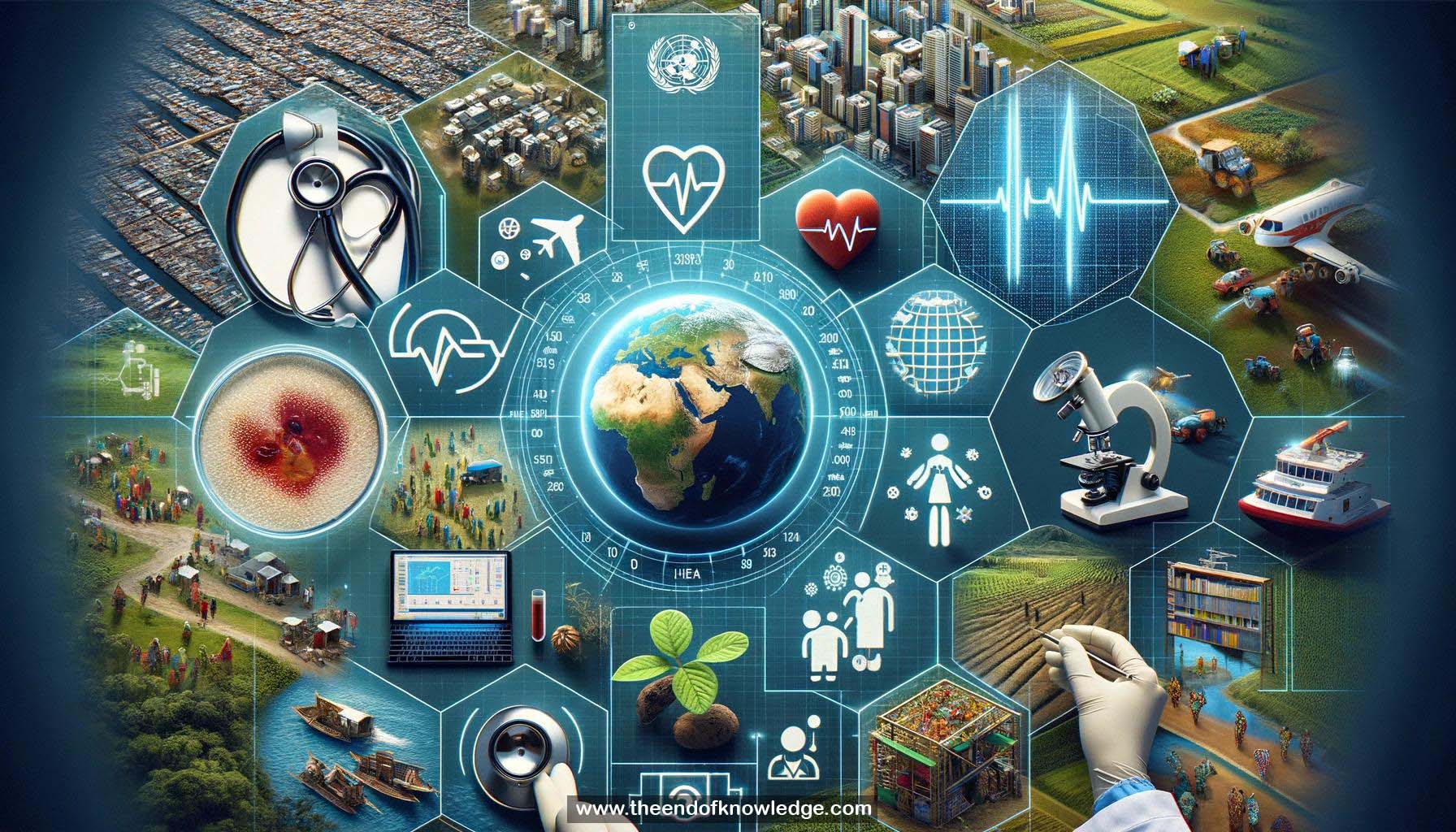 >
>
Concept Graph & Resume using Claude 3 Opus | Chat GPT4o | Llama 3:
Resume:
1.- Computer vision can help address UN global goals for sustainable development in areas like health, climate, and others.
2.- Information gaps and shortage of experts in low-resource settings are two main areas where computer vision can help.
3.- Estimating population density using satellite imagery to count buildings is one application, useful for various purposes.
4.- Medical diagnosis, like detecting malaria parasites in blood smears, is limited by scarcity of lab technicians.
5.- Computer vision can help automate visual diagnostic tests for diseases like malaria, TB, intestinal parasites, and skin conditions.
6.- In agriculture, computer vision can help diagnose crop diseases and quantify disease vectors like insects on cassava plants.
7.- Many promising computer vision applications exist, but few are in real use in the developing world due to challenges.
8.- Technical constraints include limited power, network, compute and memory resources, and the need for end-to-end development.
9.- Long time scales, maintenance, and sustainability are also technical hurdles in deploying computer vision solutions.
10.- Identifying the right problem to solve requires a team with local understanding of nuances and subtleties.
11.- Defining precise metrics, labeling policies, and data collection requires domain knowledge from the local context.
12.- Organizational work like obtaining permissions and building trust with collaborators is crucial but not well incentivized.
13.- Lack of trust can manifest as bureaucracy or domain experts dismissing results that challenge their assumptions.
14.- Worst case, poorly designed interventions can cause harm by reinforcing inequalities or introducing fragilities.
15.- "Pilotitis" refers to the proliferation of small-scale pilots that don't scale or achieve lasting impact.
16.- Building local communities is one way to mitigate challenges by providing staying power, grounding, and understanding of risks.
17.- Data Science Africa is an example of a community providing training, research, networking, and mutual support.
18.- Single teams owning the end-to-end process from data collection to deployment is a common theme in successful projects.
19.- Country-level groups bringing together government, academia, and business can identify priority problems and technological opportunities.
20.- The Computer Vision for Global Challenges workshop at CVPR engaged a global group of researchers.
21.- Computer vision researchers can get involved by choosing benchmarks and data sets relevant to global development problems.
22.- Designing models for low-resource settings with limited compute and memory is another way to make research more relevant.
23.- Cross-disciplinary collaboration and community formation around local problems is valuable even for methodology-focused researchers.
24.- Real-world constraints can inspire new computer vision methodologies.
25.- Interesting problems with potential for computer vision solutions exist everywhere, not just in the developing world.
Knowledge Vault built byDavid Vivancos 2024